Now that nighttime temperatures drop below freezing and daytime temperatures barely exceed 1–2°C, gear becomes especially important. Your hands, feet, and neck will freeze first, so insulating them requires special attention.
Keep Your Hands Warm
Good, warm gloves are a must. There are winter motorcycle gloves on the market, but snowmobile gloves will also do, the main thing is that you can comfortably twist the throttle and operate the levers. Not comfortable riding in thick gloves? Even simple, dense, non-ventilated gloves can work if you have heated grips. By the way, the cheapest options for heated grips cost about the same as a pair of good gloves, so the choice is yours.
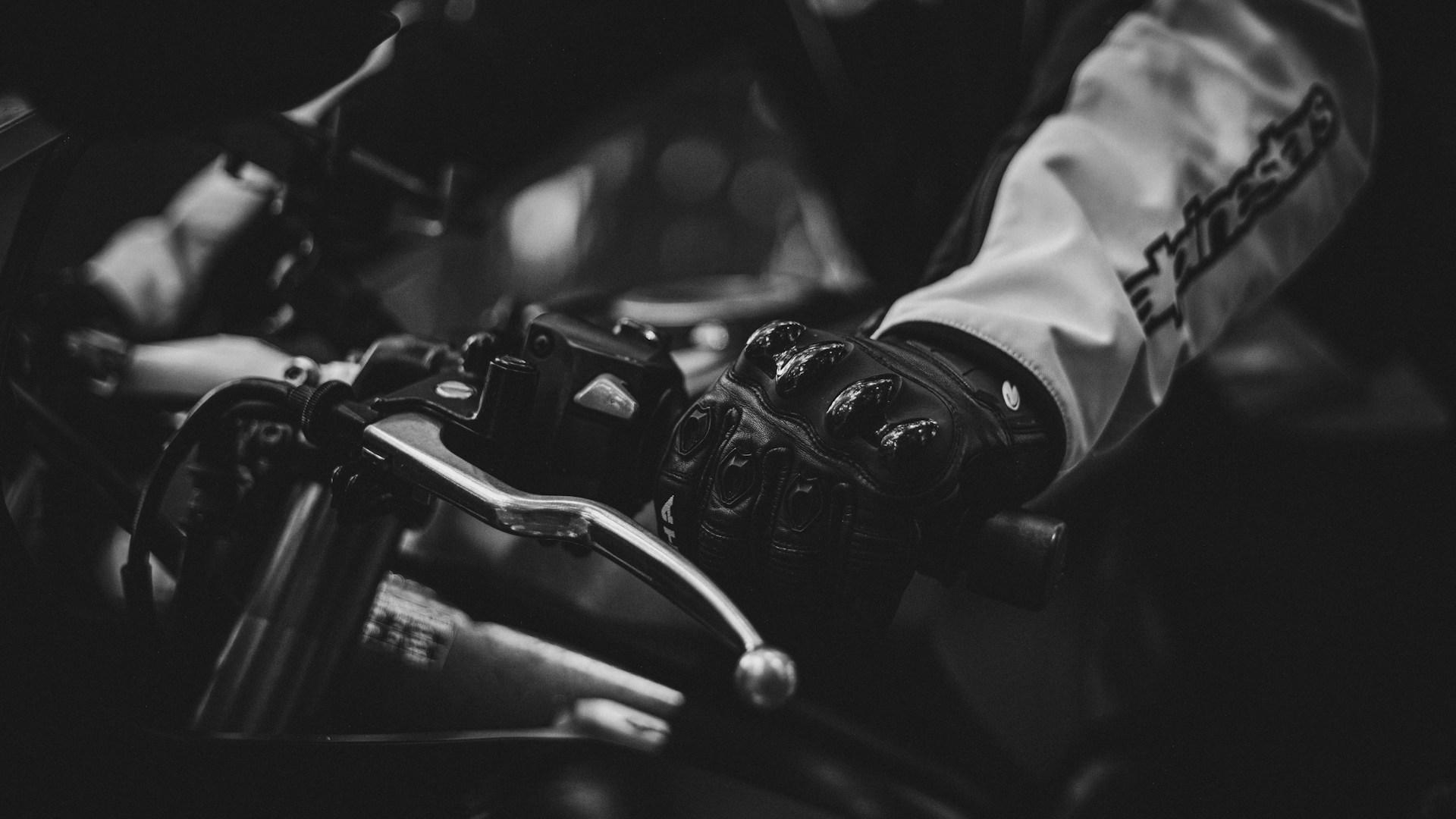
Alternatively, you can consider installing warm handlebar muffs, which can be combined with handguards: in this setup, accidental braking or clutch squeezing is nearly eliminated. And if you don’t have any money at all, here’s a life hack shared by seasoned riders: take cheap rubber boots — or better yet, old felt boots — cut off the toes, and slip them over the handlebar grips through the openings. Tape them on with duct tape and enjoy wind protection and comfort even in subzero temperatures. Just be careful during installation, in full steering lock, such “tuning” must not catch on anything or press the brake or clutch levers under any circumstances.
Protect Your Visor From Fogging
Your head will stay warm in any full-face helmet, so helmet “tuning” should be limited to installing a visor with a Pinlock insert or, if none is available, treating the visor with an anti-fog solution. As an alternative, you can consider buying a snowmobile helmet with a double-lens visor and heating.
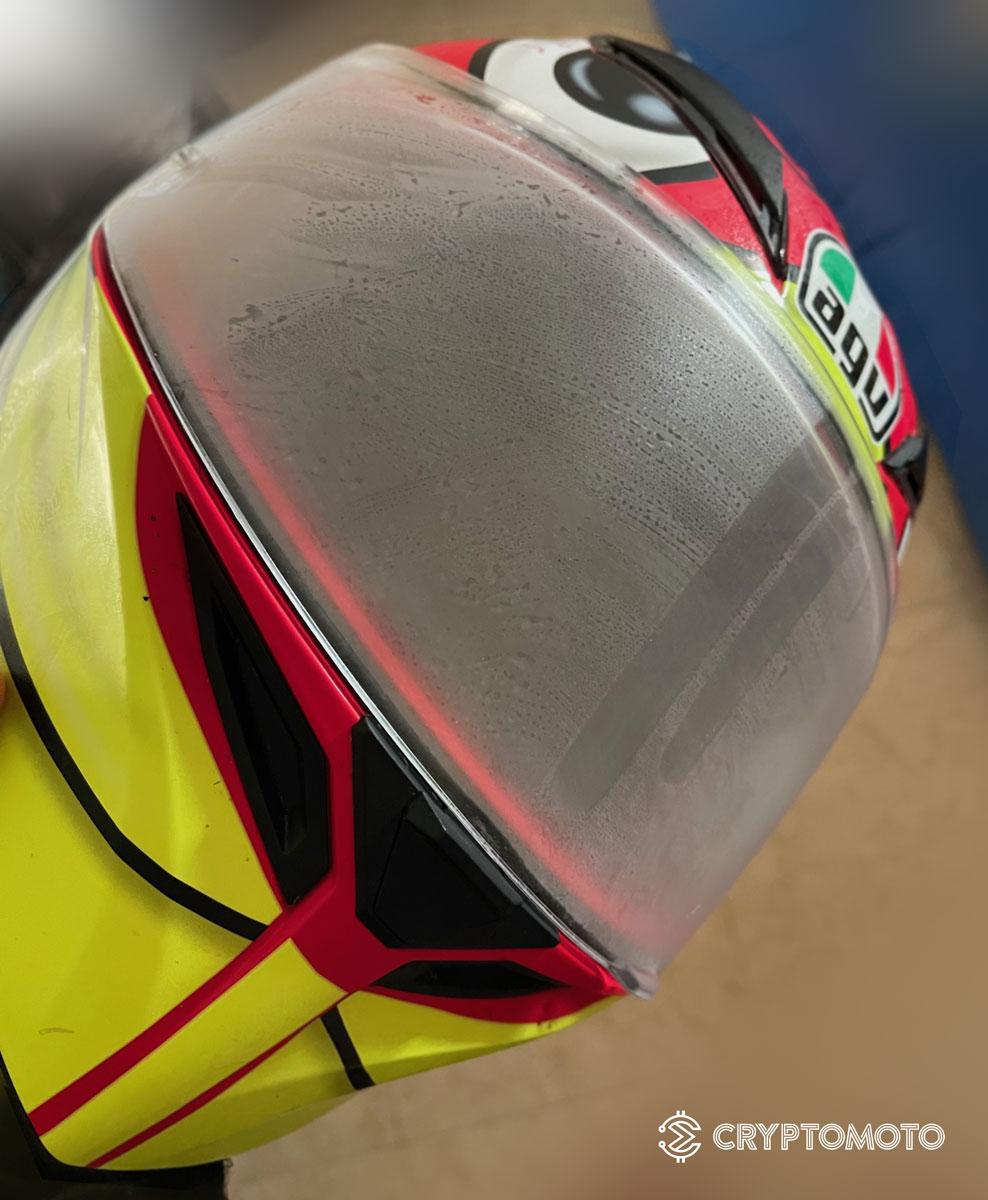
But your neck will catch a particularly strong draft, buy a wind stopper, balaclava, or wrap yourself in a scarf. Any of these options will significantly improve comfort, especially on longer trips.
Choose the Right Gear
Finding a true winter motorcycle jacket will be extremely difficult, but in near-freezing temperatures, a simple rain suit worn over a good touring gear set and winter thermal underwear is usually enough. If you still feel cold, go to a workwear store and buy the cheapest insulated pants and a basic padded jacket. It may look terrible, but it will make freezing nearly impossible.

Keep Your Feet Warm and Dry
Boot experiments are not recommended, riding in felt boots is simply unsafe, and shifting gears in heavy winter footwear is extremely difficult. That’s why it’s better to pick dense touring boots without ventilation and pair them with warm socks. To keep your feet dry, you can stick a pair of women’s sanitary pads onto the insoles, they absorb moisture well.
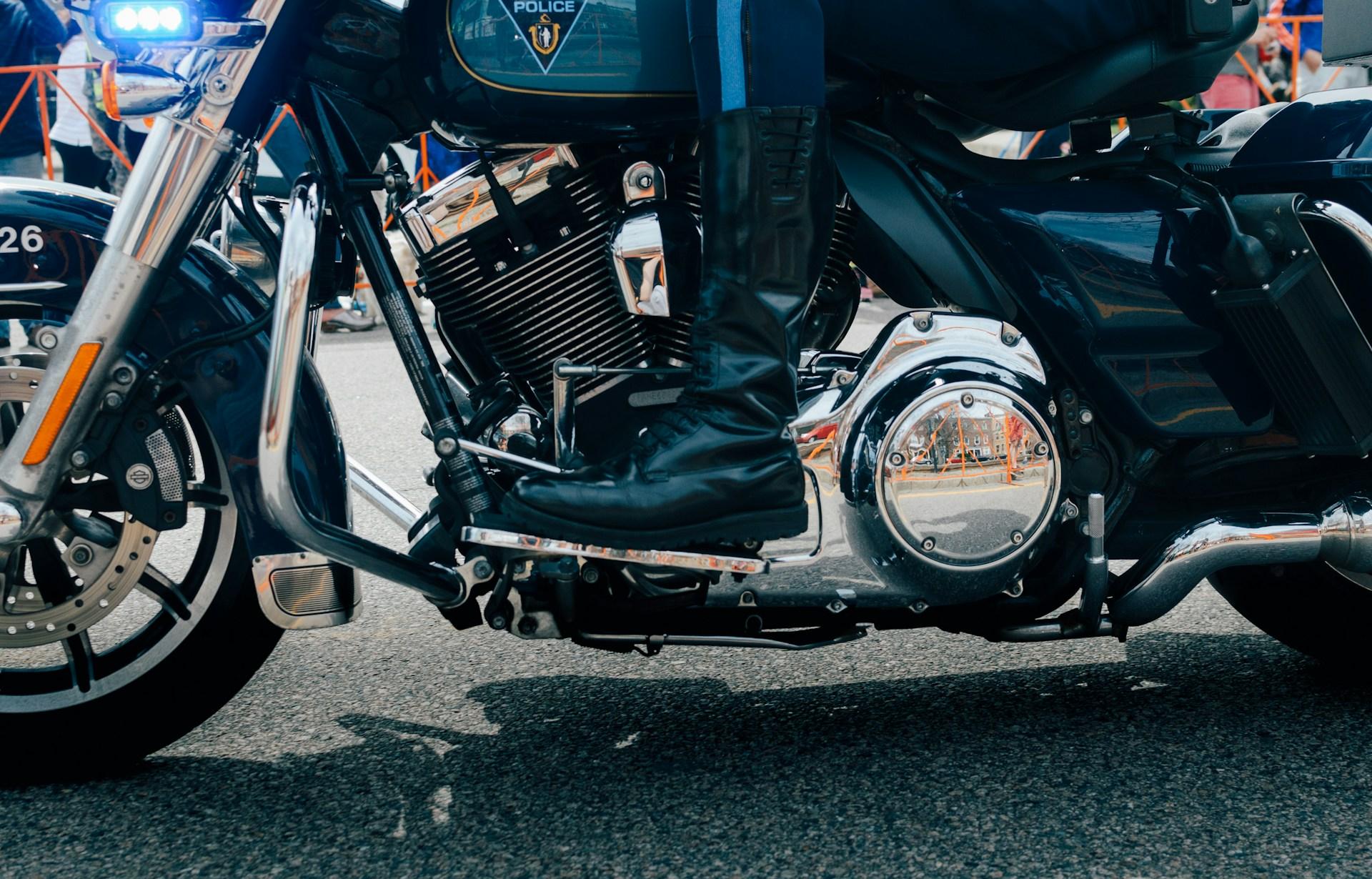
Make Yourself Visible
There are fewer and fewer motorcyclists on the road, which means other drivers check their mirrors less often. On top of that, daylight hours get shorter, and you often end up riding in dusk. For these reasons, don’t hesitate to rev loudly, wear a bright reflective road-worker vest, and flash your high beam. It’s not rude — it’s a survival tactic.
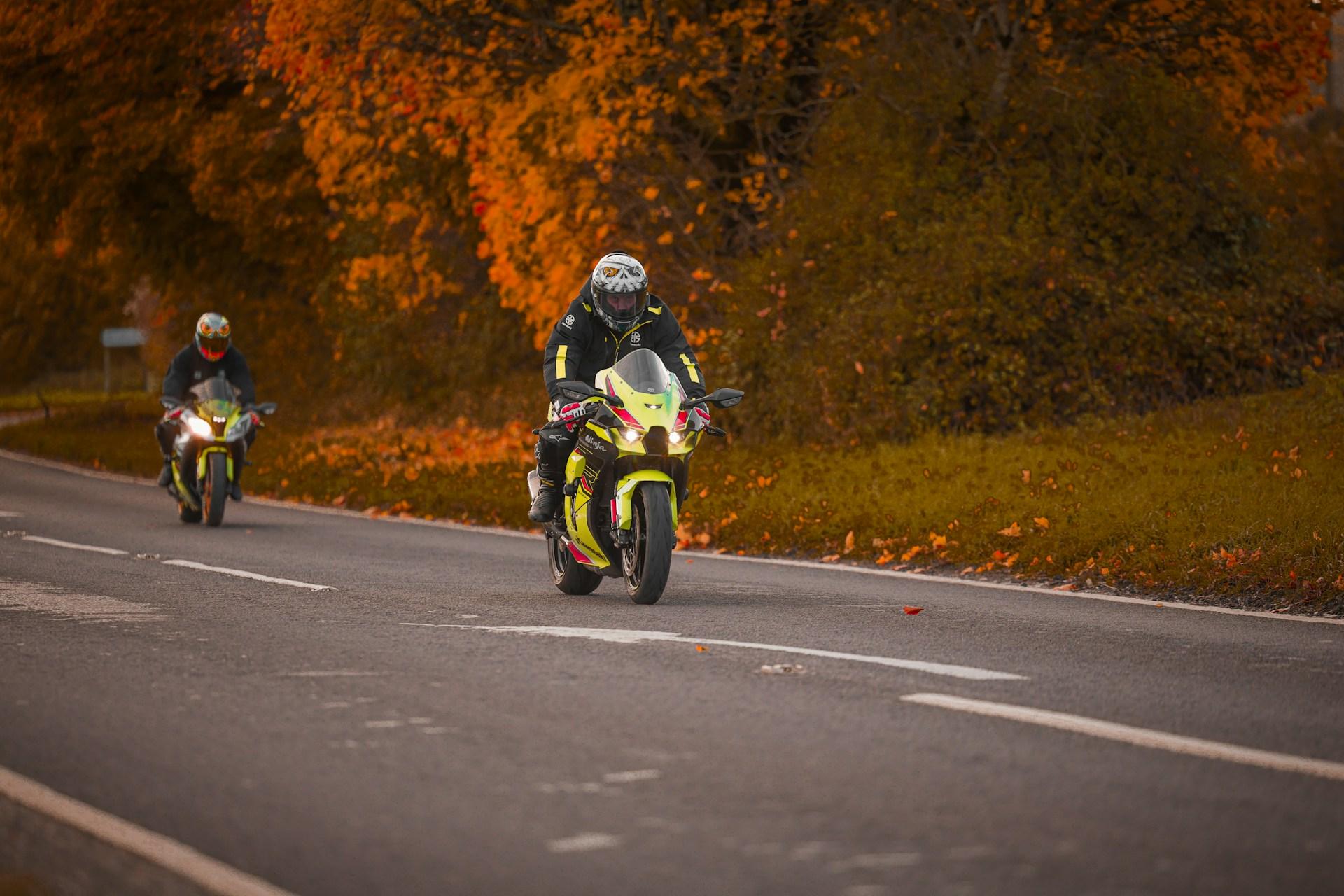
Remember the Cold Asphalt
As mentioned earlier, drivers become less prepared to encounter you with each passing day. However, that’s not the only danger — on cold asphalt, tire warm-up is significantly worse, and grip, even on dry pavement, is reduced or nearly nonexistent. Not to mention rain, snow, mud, slippery rotting leaves, and the detergents used to treat roads before winter. And that’s not even considering that by November your motorcycle is likely still on tires installed, at best, early in the summer!
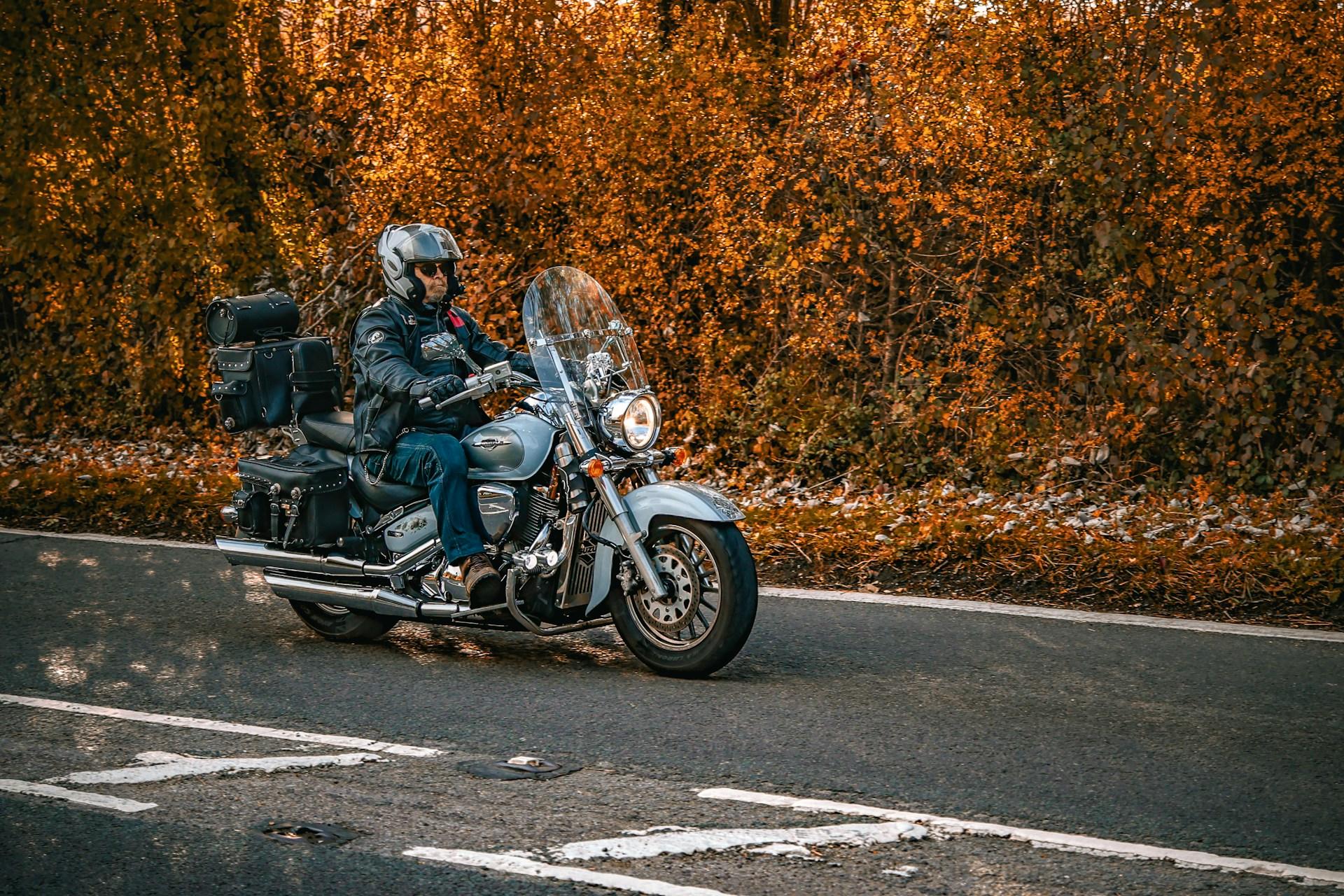
Accelerate Smoothly
Once cold arrives, braking distances increase drastically, and braking itself becomes unpredictable. Riders with bikes equipped with ABS and traction control have it a little easier, the electronics take over part of the work, but those riders are still a minority. That’s why you must forget about sharp throttle openings in turns, hard braking, and deep lean angles.
Slow Down
You’ll also need to reduce your average speed. Experienced riders and owners of modern motorcycles can limit themselves to the typical “+20 above traffic flow,” while everyone else should drop to car-like speeds.
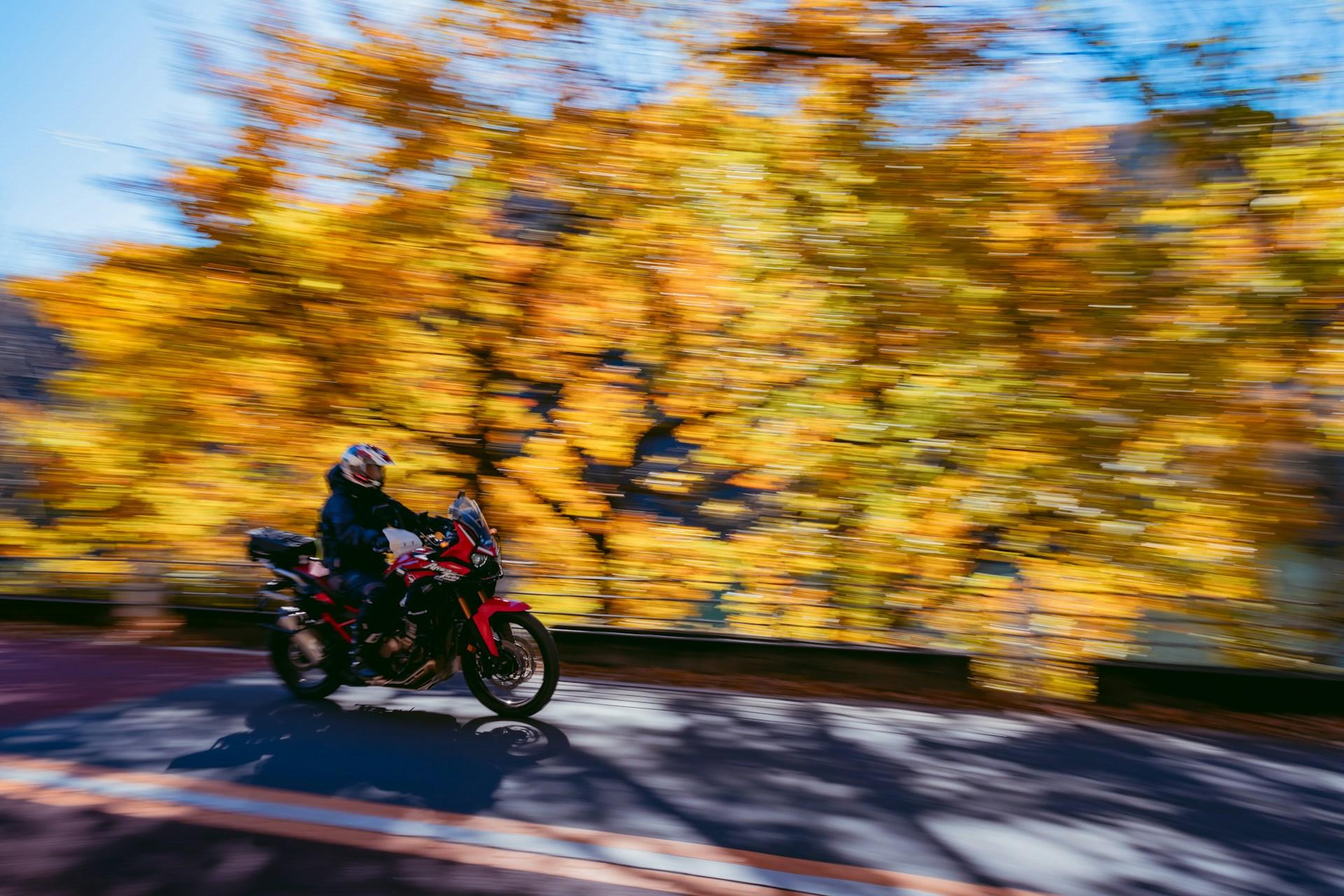
Of course, this increases the risk that someone might cut you off during lane changes, but between two evils, you must choose the lesser one. And be extra careful in lane splitting, lane markings can be slippery in rain and above-freezing conditions, even with good tires.
Don’t Lean the Motorcycle
Turns are a separate issue. On slippery roads, you need to lean the bike as little as possible, meaning the rider must shift their body weight further inside the turn. Your task is to keep the motorcycle as upright as possible, compensating for centrifugal force with your own body. The more you hang off, the more vertical the bike remains and the less likely it is to slide out from under you.
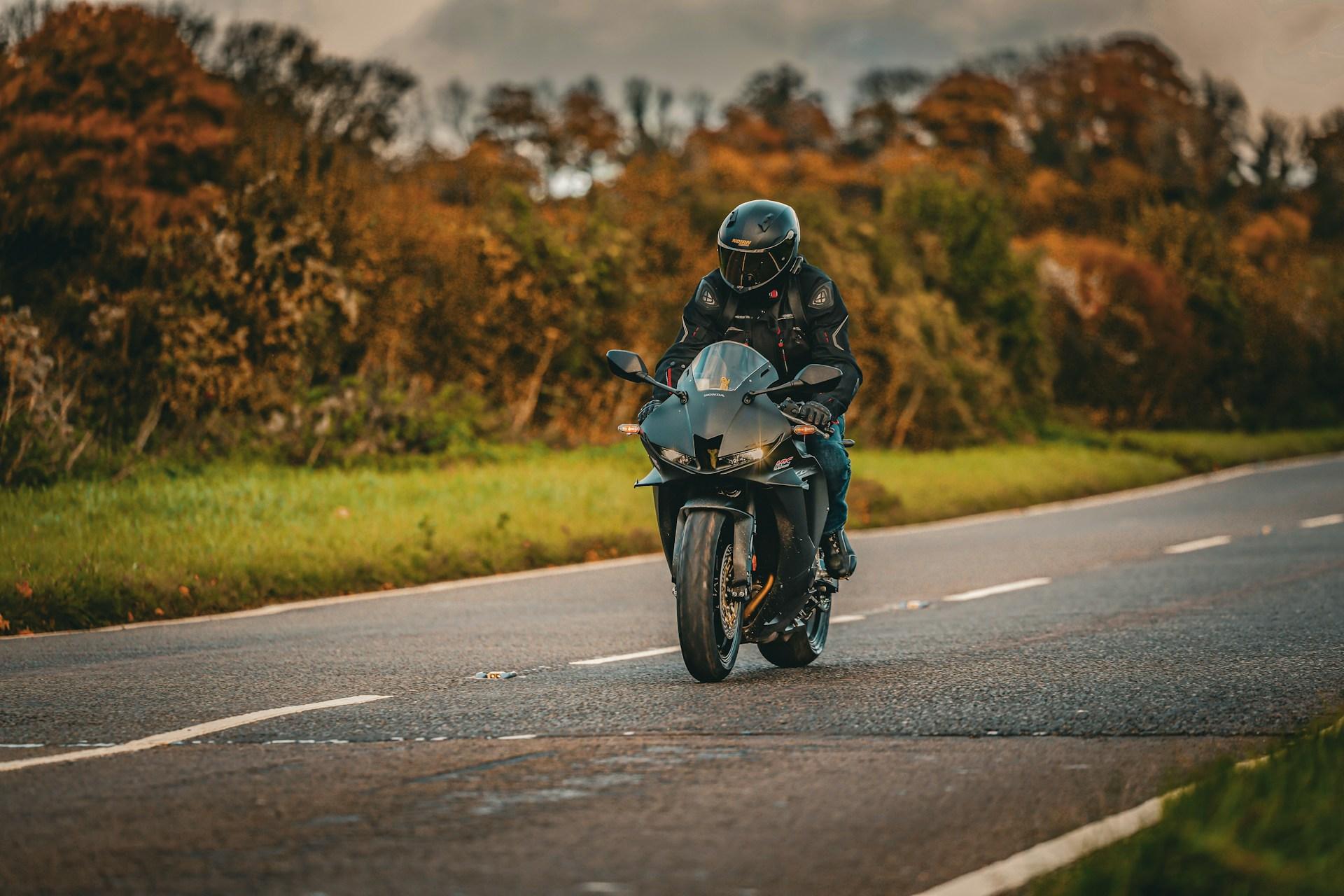
Prepare Your Motorcycle
In autumn, roads begin to be treated with chemical agents that cause everything to rust. It’s obvious that fall riding will make your motorcycle look worse, so for all lovers of the off-season, it’s worth washing the bike at least once a week and then applying some kind of protective spray — silicone or penetrating. This will partially help.
This is especially important before winter storage — if you park the bike covered in salt and chemicals, even in a warm garage, you are taking a big risk. Most likely, in spring you’ll return to something resembling a coral reef of brown rust and white oxidized aluminum. Sure, you can usually restore it to a decent condition, but these procedures will cost far more than a simple wash and proper preservation.
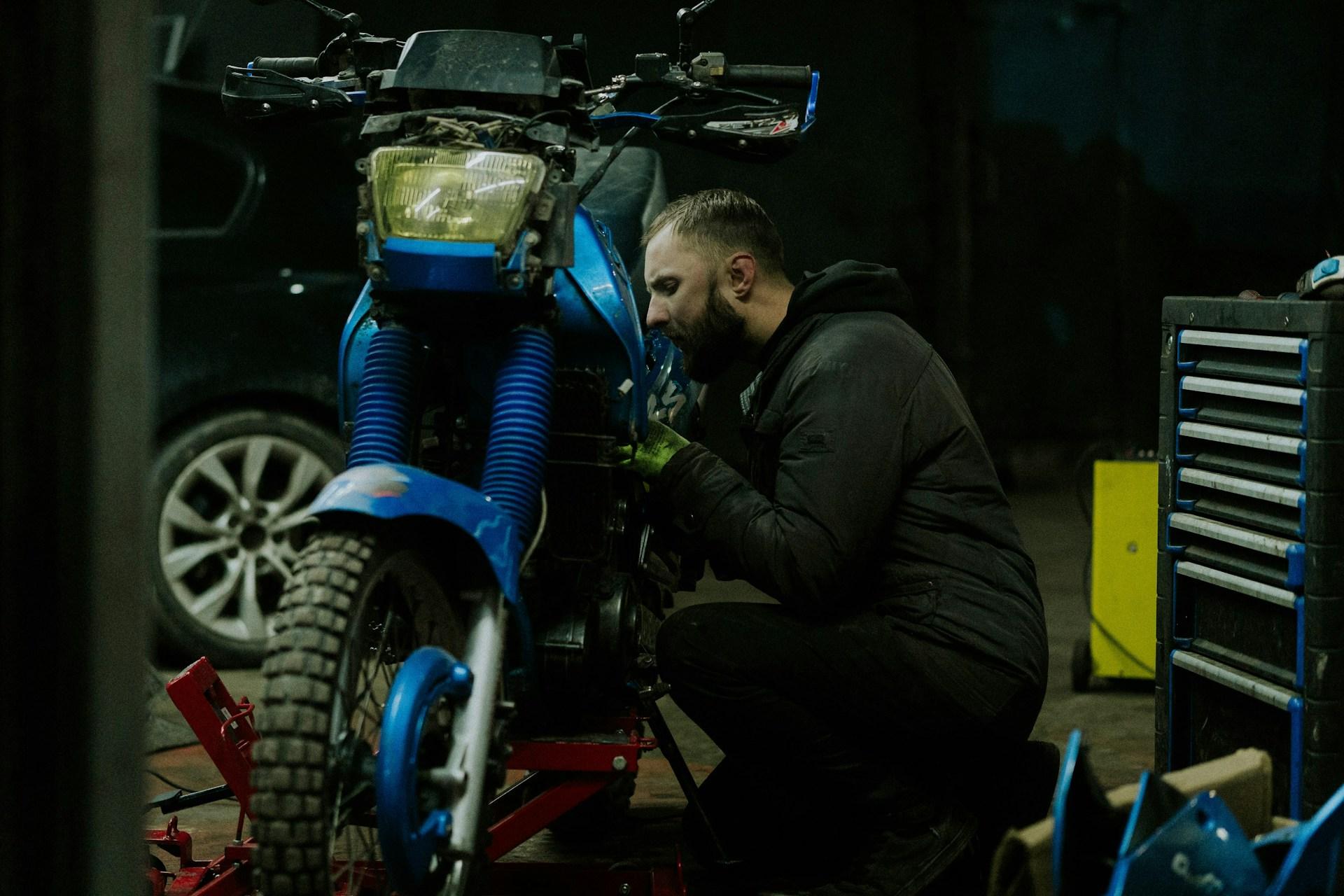
Following these simple recommendations is a great way to extend your riding season by a couple of months. However, if riding on public roads has already grown boring, consider off-road riding — for lucky owners of enduro motorcycles, the concept of a “season” practically doesn’t exist.
